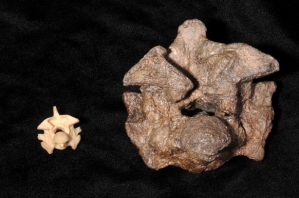Other than sound like a character from Bucky O’Hare, Toadflax (Linaria vulgaris) are fascinating plants for several reasons. Taking centre stage though is how this plant potentially offers another method of inheritance beyond genes. We’re now entering the slightly confusing world of epigenetics.
See, a particular species of these toadflax plants come in two distinct flavours: one consists of white, symmetrically arranged petals, whilst the other form is yellow and has five-pointed stars. Interestingly, this variation is not directly due to their DNA. Rather, these observed differences, which by the way are inherited by the offspring, are due to molecular caps attached to their DNA. As Carl Zimmer explains in his brilliant essay for the New York times:
Continue reading “Toadflax flowers are cool”



